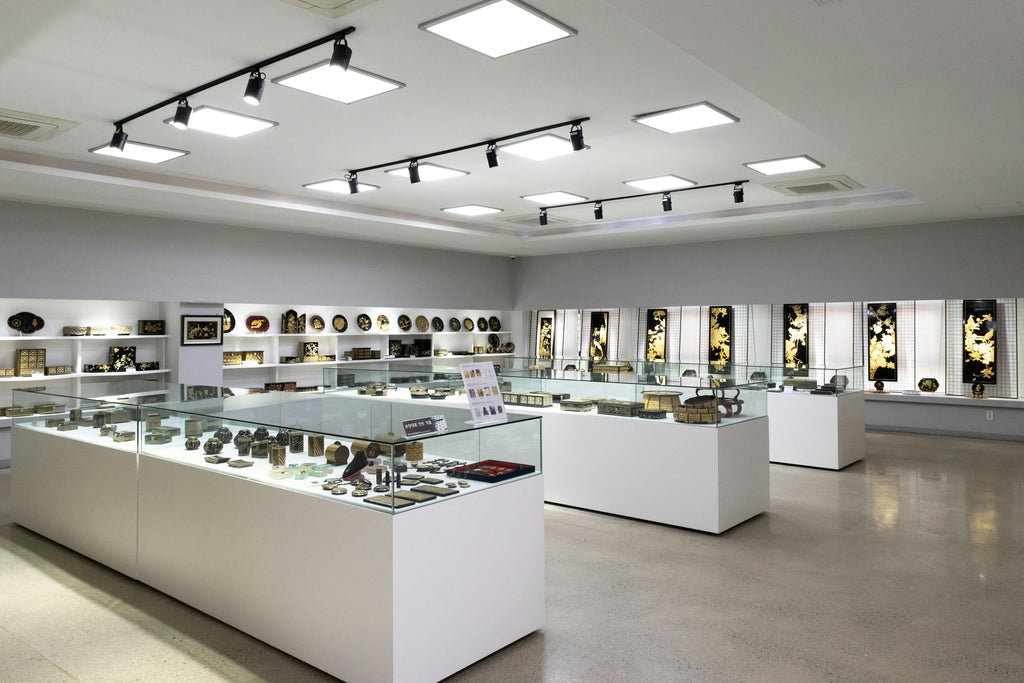Musou Black's Oddy Test Results For Museum Display Use

Hello, Everyone!
Today’s topic is about conducting the Oddy Test—a method used to determine whether materials are suitable for use in exhibition spaces like museums and galleries—in house!
Wide Applications For Light Absorbing Black Products
Our product line has been utilized in a variety of fields such as art, space exploration, optical devices, and other applications. Due to the differing quality requirements in each industry, inquiries such as 'Do you conduct this type of testing?' are quite common. To meet customer needs, external testing or in-house data collection is conducted when necessary. Recently, we received an inquiry asking, 'Have you performed an Oddy Test for "Musou Black Fabric KIWAMI"?'
What Is The Oddy Test?
Having no prior knowledge of the Oddy Test, initial research was necessary. We learned it to be a test used by museums and galleries to check whether materials would harm exhibits. Developed in 1973 by conservation scientist William Andrew Oddy at the British Museum, the test is a popular evaluation method in Western countries. Named after its developer, the Oddy Test investigates whether materials emit harmful gases that could corrode metals or damage artifacts.
The Test Method
The Oddy Test involves sealing material samples with metals such as lead (Pb), silver (Ag), and copper (Cu) in the presence of water to observe whether the metals corrode due to gases emitted from said material. For example, silver tarnishes when exposed to H₂S, and both lead and copper oxidize, resulting in discoloration. This method checks whether such gases are generated.
Conducting The Test
To perform the test, lead, silver, and copper samples were placed in a sealed glass petri dish with water, alongside a piece of "MBF KIWAMI". Another petri dish with the same setup, minus "MBF KIWAMI", served as a control. Both dishes were placed in a 60°C environment for 28 days. Afterward, the color of the metal samples was compared between the two setups.
The Results: Pass!
The results are as follows:
-
Lead and copper showed slight discoloration, but there was no difference between the setup with MBF KIWAMI and the control. This indicates the discoloration was due to water or heat, not MBF KIWAMI.
-
Silver exhibited no change before or after the test, and no differences were observed between the two setups.
Thus, no significant differences were found between the presence or absence of "MBF KIWAMI", resulting to a pass for the Oddy Test!
Perfect For Museums And Galleries
With a successful Oddy Test result, the world’s blackest fabric, "MBF KIWAMI", is an excellent choice for museums and galleries! Its deep blackness serves as the ideal backdrop to enhance the beauty of exhibits. We ask curators world-wide to consider it for use. "MBF KIWAMI" is available for purchase through the official store in A4-sized sheets, as well as in 1,100mm-width rolls for larger applications. Stay tuned for future blogs!
分享:
